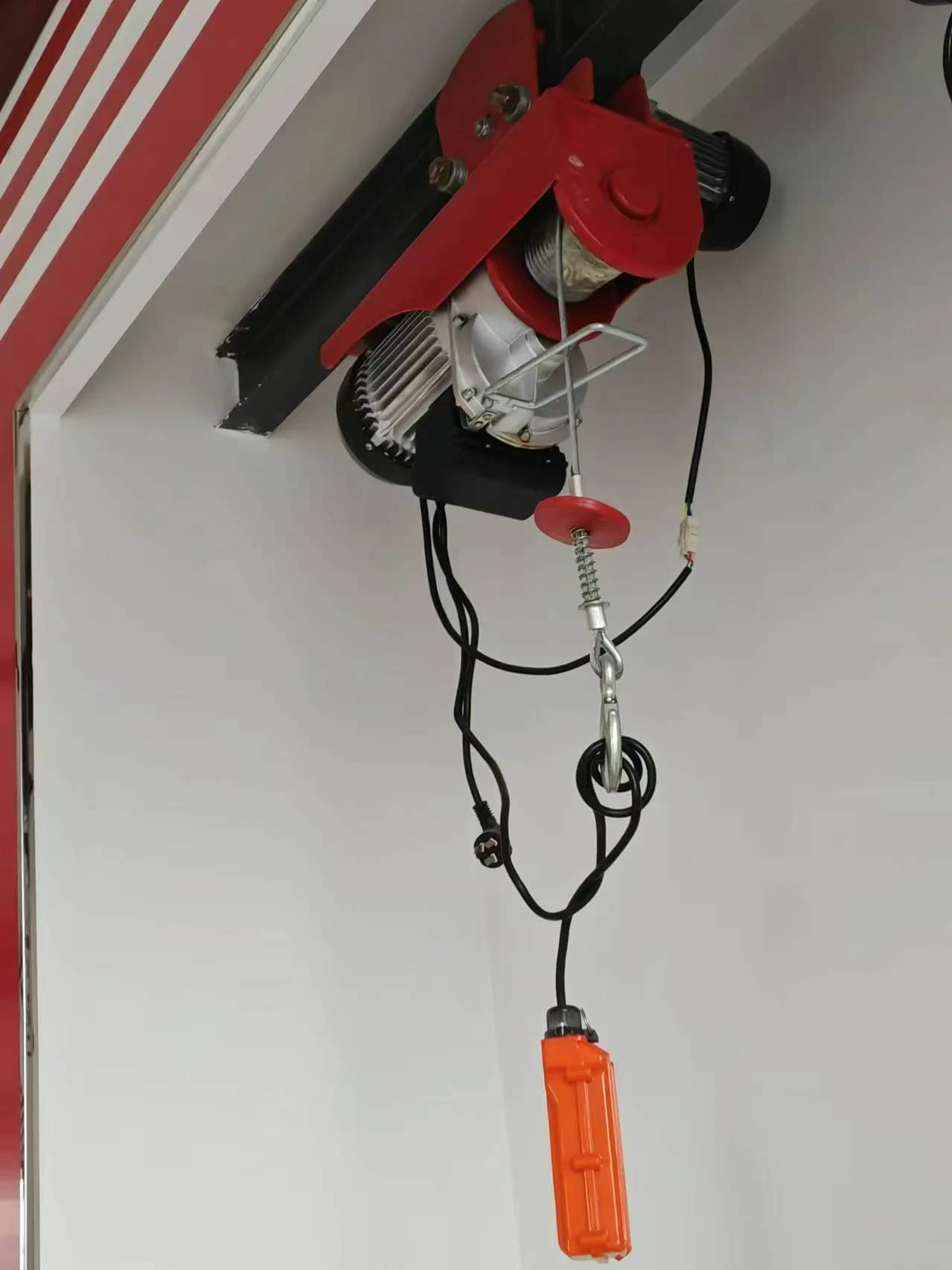


The Importance of Pallet Jacks in Material Handling
In the world of logistics and warehousing, the efficiency of material handling equipment is paramount. Among the various tools available for moving heavy loads, the pallet jack stands out as a practical, indispensable piece of machinery. With its simple design, affordability, and versatility, the pallet jack has become a staple in warehouses, retail environments, and distribution centers.
A pallet jack, also known as a pallet truck, is designed to lift and move pallets loaded with goods. It typically features two forks that slide beneath the pallet, allowing an operator to lift the load with a hydraulic system or manual pump. The ease of use makes it accessible for employees at all skill levels, enabling them to transport goods without the need for complex machinery. Pallet jacks are available in various forms, including manual and electric versions, catering to different operational needs.
One of the primary advantages of using a pallet jack is its efficiency. Hand-pumped models allow warehouse workers to quickly and safely lift and move pallets, which significantly speeds up the process of inventory management and restocking shelves. This efficiency translates into reduced labor costs and increased productivity, allowing businesses to maximize their operations.
Moreover, pallet jacks contribute to workplace safety. With the proper training, operators can maneuver pallet jacks easily, minimizing the chances of injuries associated with manually lifting heavy items. Ergonomically designed handles and apparatuses that require less physical strain help to further reduce the risk of musculoskeletal injuries. By utilizing pallet jacks, companies create safer environments for their employees and can maintain compliance with occupational safety regulations.

In addition to safety and efficiency, pallet jacks are remarkably versatile. They can be used in a wide variety of settings, from small retail stores needing to restock shelves to large warehouses managing complex logistics. The ability to handle various pallet sizes and weights makes them suitable for numerous applications. Some models feature adjustable forks and even scales for weighing loads, enhancing their functionality.
Environmental sustainability is another factor driving the popularity of pallet jacks. With the push for greener practices in logistics, many companies are opting for electric pallet jacks that reduce carbon emissions compared to internal combustion forklifts. These electric models require less maintenance and provide a quieter operation, making them more suitable for indoor environments where noise levels need to be minimized.
While the benefits of utilizing pallet jacks are numerous, proper training for operators is essential. Familiarity with the equipment, safety protocols, and best practices can significantly enhance efficiency and safety. Regular maintenance is also crucial to ensure that the pallet jacks function correctly and can handle the demands of heavy loads over time.
In conclusion, pallet jacks represent a critical component of effective material handling in today’s fast-paced logistics and warehousing environments. Their simplicity, efficiency, safety features, versatility, and sustainability make them invaluable tools for businesses of all sizes. As the industry continues to evolve, the pallet jack will undoubtedly remain a fundamental piece of equipment, adapting to meet the changing demands of material handling and storage solutions. Investing in pallet jacks is not just a choice; it is a commitment to enhanced efficiency and safety in any operational context.



